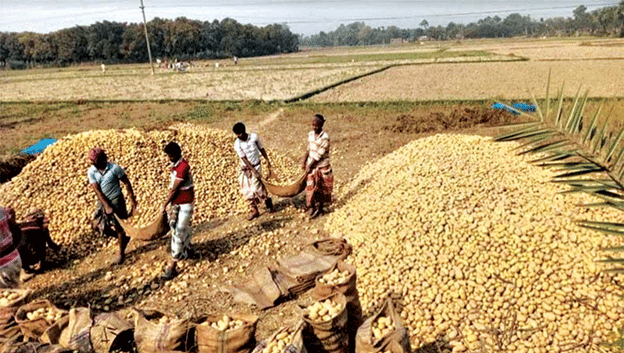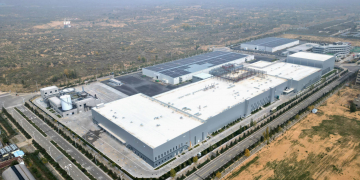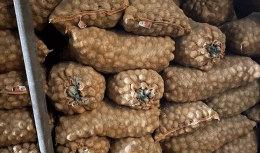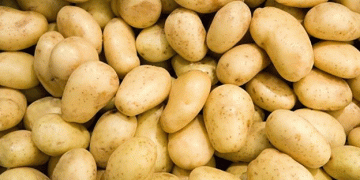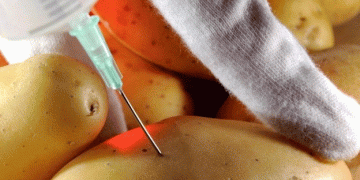In what should have been a season of prosperity, potato growers in the northern regions of Bangladesh are instead facing crippling financial losses. With wholesale market prices crashing to Tk 12–15 per kilogram, and retail prices hovering around Tk 15–18/kg locally—up to Tk 25/kg in Dhaka—producers say they are selling below production costs, which have risen sharply this year.
Md Faisal, a farmer from Tanore in Rajshahi, reported that it cost him Tk 20 to produce one kilogram of potatoes, but he’s forced to sell at a loss. His yield also dropped drastically due to unusually high winter temperatures, with output halving from 130 maunds to just 65 maunds per bigha.
He’s not alone. Many small- and medium-scale farmers, like Mizanur Rahman, invested heavily in potato cultivation this season—using personal savings or loans—encouraged by favorable market conditions last year. But a sudden drop in prices and the inability to store the crop have left many on the brink of financial ruin.
Overproduction Meets Under-Capacity
According to the Department of Agricultural Extension (DAE), potatoes were cultivated on 3.95 lakh hectares this year in the Rajshahi and Rangpur divisions, a significant increase from 3.38 lakh hectares in the previous season. These two divisions produce about 75% of Bangladesh’s potatoes, and officials estimate that this season’s yield will reach 103 lakh tonnes, compared to 79 lakh tonnes in 2023–24—a 30% increase in production.
However, the number of cold storage facilities has remained static, with just 220 units in the two regions, offering storage for approximately 22 lakh tonnes—less than a quarter of this season’s expected output. As a result, farmers are unable to delay selling, leading to market saturation and falling prices.
Potato trader Gias Uddin noted that prices had dropped Tk 6 per kilogram in just one week, falling from Tk 18 to Tk 12. Without immediate action, prices may slide further.
The Economics Behind the Losses
The financial implications are stark. If a farmer produces potatoes at Tk 20/kg and sells at Tk 12/kg, that’s a loss of Tk 8 per kilogram. For a medium-scale farmer harvesting 20 tonnes, this equates to a loss of Tk 160,000 (~USD 1,450)—a significant blow in a region where agriculture remains the backbone of rural livelihoods.
DAE officials acknowledge the severity of the situation. Azizur Rahman, Additional Director of the DAE in Rajshahi, expressed concern over the mismatch between acreage and storage capacity:
“We are a little bit worried because farmers will not be able to store their crops. As they are forced to sell, prices may drop a little bit more.”
The Way Forward
While bumper production is generally a positive indicator of agricultural growth, without infrastructure to support surplus yields, it can quickly turn into a crisis of oversupply. Experts recommend:
- Investment in new cold storage infrastructure, especially in high-production zones
- Establishment of farmer cooperatives for shared storage and marketing
- Government support for transport subsidies or market linkages to urban areas and exports
- Improved forecasting and data sharing to align planting decisions with market demand
Bangladesh, which ranks among the top 10 potato-producing countries globally, must now balance its production success with supply chain resilience if it hopes to support farmers sustainably.
The current crisis in Bangladesh’s potato sector illustrates the double-edged sword of overproduction without infrastructure. Without urgent investments in cold storage and market access, the very farmers driving the country’s agricultural success risk being driven out of business by the economics of oversupply. Long-term solutions must focus on balancing production with preservation, profit, and planning.
